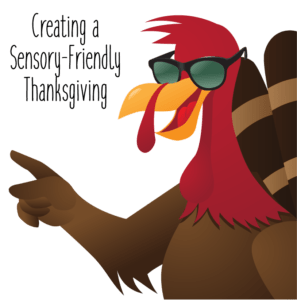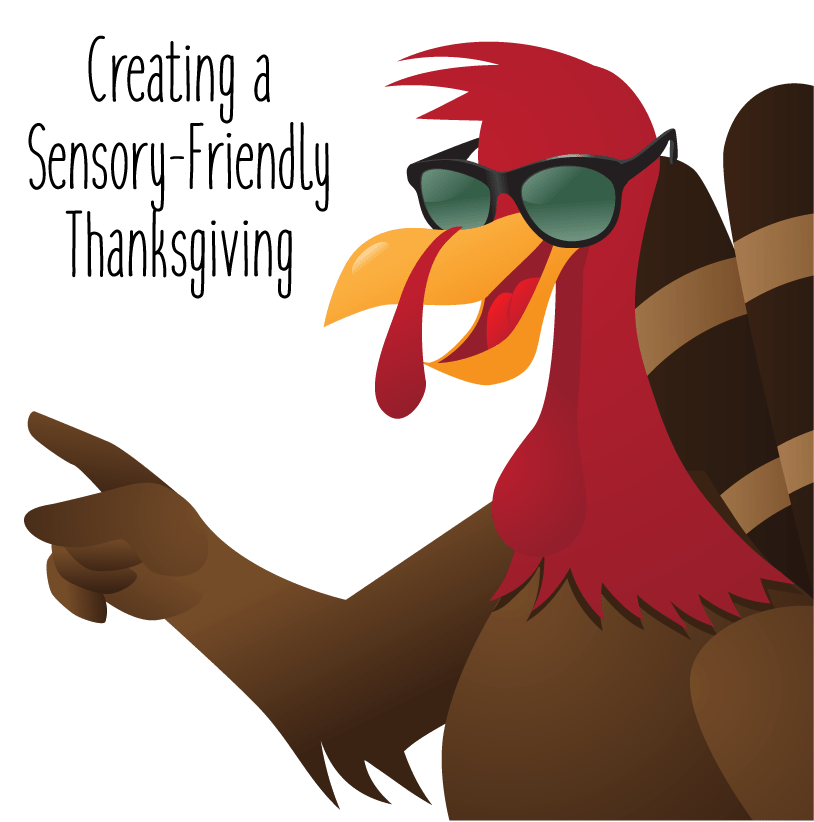 Thanksgiving is a time for family, gratitude, and, of course, delicious food! However, for families with children on the autism spectrum, this holiday can present unique challenges. But fear not! With a bit of planning and creativity, you can ensure that everyone enjoys a joyful and stress-free Thanksgiving celebration. Here are some fun and informative tips to consider:
Thanksgiving is a time for family, gratitude, and, of course, delicious food! However, for families with children on the autism spectrum, this holiday can present unique challenges. But fear not! With a bit of planning and creativity, you can ensure that everyone enjoys a joyful and stress-free Thanksgiving celebration. Here are some fun and informative tips to consider:
1. Create a Safe and Comfortable Space
Before the holiday begins, take some time to prepare your home environment. If noise is a concern, consider having a quiet room available where your child can retreat to if they become overwhelmed. Sensory-friendly decorations can help your child feel more at ease. And don’t forget to consider the lighting—too bright or too dim can be distracting!
2. Involve Your Child in Planning
Engaging your child in the Thanksgiving plans can boost their excitement and reduce anxiety. Host a family meeting where everyone can share ideas for activities, food, or decorations. This makes your child feel valued and gives them a sense of control over the festivities.
3. Stick to Routines
Children with autism often thrive on routines. Try to maintain familiar schedules, especially on the day of Thanksgiving. This includes meal times, nap schedules, and any other rituals your family has. Preparing for the event in advance can also help minimize disruption to their routine.
4. Plan Activities Wisely
Select Thanksgiving activities that everyone can enjoy. Simple crafts, like making Thanksgiving cards or decorations, can keep children engaged without overwhelming them. You can also organize a scavenger hunt for holiday-themed items, adding an element of excitement.

5. Make Food Fun
Food is at the heart of any Thanksgiving celebration, and it can be fun to involve your child in the cooking process. Choose dishes that they can help prepare. For picky eaters, offer a variety of food options, allowing them to explore new tastes at their own pace. You could even create a special “Thanksgiving Plate” filled with all their favorite foods.
6. Prepare for Guests
If you’re hosting guests, let them know in advance about your child’s specific needs. This might include how to engage with your child or any triggers to avoid. Helping your guests understand your child can make the event smoother and more enjoyable for everyone.
7. Have a Flexible Mindset
No matter how much you plan, things may not go perfectly. Be prepared for unexpected moments and embrace the joy found in imperfections. Maintaining a positive attitude will help your whole family enjoy the day, regardless of any bumps along the way.
8. Create a Gratitude Tradition
Start a new family tradition focused on gratitude. Encourage each family member to share what they’re thankful for. This can provide a wonderful moment of connection, foster understanding, and create lasting memories.

9. Capture the Moments
Remember to take photos or videos throughout the day! These captures can serve as a joyful reminder of your time together and can be fun to look back on in the future.
10. Wind Down Together
After a fun and often busy day, take some time to unwind as a family. This could be cozying up with blankets and watching a favorite holiday movie or reflecting on the day’s highlights. It’s a wonderful way to bond and celebrate not only Thanksgiving but also each other.
Thanksgiving should be a joyful occasion for everyone. By taking a few extra steps to accommodate your child’s needs, you can create an inclusive and delightful experience for the whole family. Embrace the laughter, love, and gratitude that this special day brings. Happy Thanksgiving!





